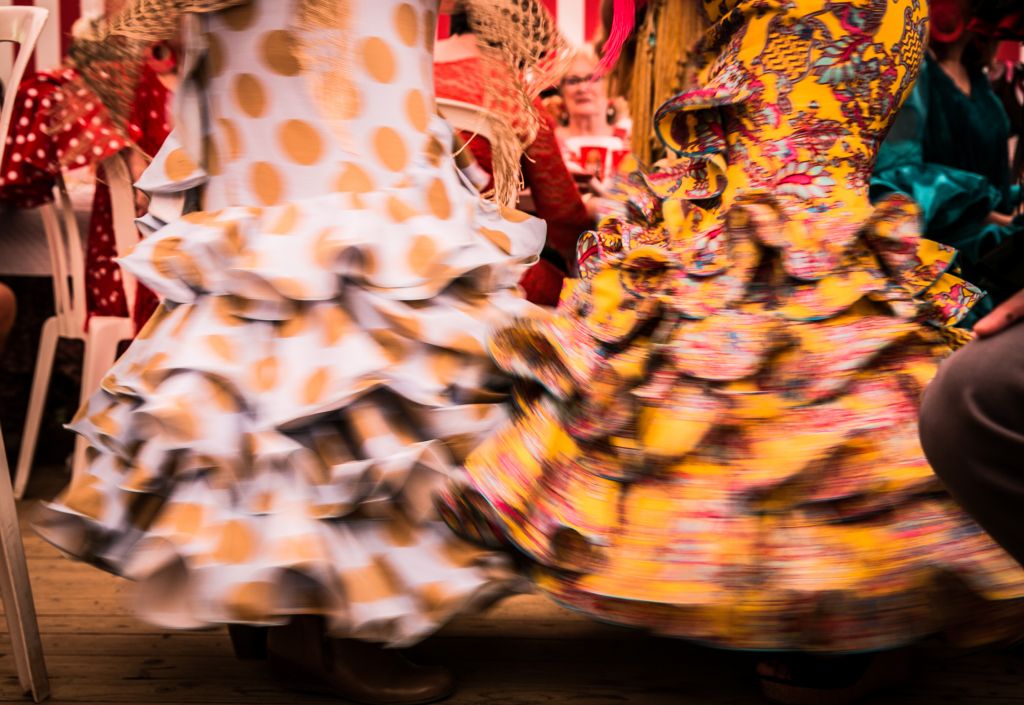Travel: Spain, 2017
Capturing the Spirit of Southern Spain
PHOTO ESSAY (Published by Stratfor on July 09, 2017)
I had never thought of going to the Iberian Peninsula. It just seemed too similar to Brazil, where I was born to a Brazilian mother and a father who had escaped Tito’s autocratic rule in Yugoslavia. I grew up under a dictatorship, and as a child in Rio de Janeiro, I remember admiring the freedom of speech that most Anglo-Saxon cultures seemed to enjoy. I learned English and German. Then somehow I wound up living in the United States. They say that when elephants get old, they walk back to the place where they were born. Now that I’ve traveled, lived in the United States and managed to adapt to life there, I’ve made peace with my roots. I began to understand and value the lifestyle and culture of the Latin world. In fact, I realized that I missed it. And so, I set off for Spain.
Once I got there, I was struck by the affinity I felt with Spanish culture. I wrote a post on social media during my travels that revealed my (very Latin) feelings: “My soul is diluted here.” Beyond the common cultural bonds, I was awed during my time in Spain by the lingering legacy of La Convivencia, or the coexistence, the era stretching from the eighth through the 15th centuries when Spain’s Muslim, Christian and Jewish communities thrived side by side. It is difficult today to imagine such a thing — Muslims, Jews and Christians generally sharing the same spaces, music and culture in peace. But evidence of their commingling abounds in Spain’s architecture, its food, its people. The unforgettable sight of Cordoba’s Great Mosque, a building in which Gothic columns and Byzantine mosaics support and adorn arches so characteristic of Islamic architecture, embodied that cultural convergence for me.
I saw another side of the spirit of Andalusia in Granada, watching performers play and dance flamenco in a cave. The Roma people at one time came to Spain from India by way of the Arabian Peninsula and North Africa, bringing their musical and dance traditions with them. Their influence permeates flamenco and adds another layer of complexity to the melting pot of southern Spain.
In Seville, as luck would have it, I arrived in time for Feria. The annual celebration reminded me, as a Carioca (or Rio native), of my home city’s Carnival. Each year, a whole city made of tents is assembled in Seville for Feria. And after a week, the ciudad efimera, or ephemeral city, is dismantled. The festivities showed me how proud the Spanish people are of their culture and history and how they celebrate it.
©2021 MARINA PETRIC All Rights Reserved.








